Hager Cable inlet
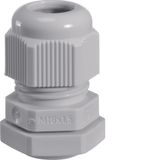
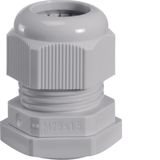


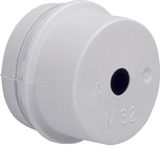
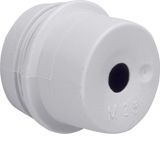
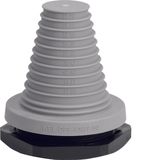


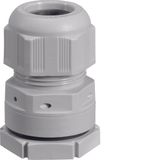


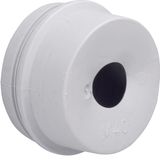
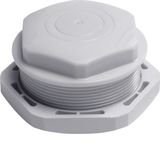
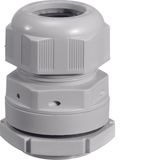
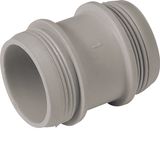

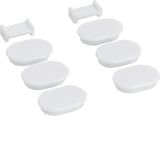
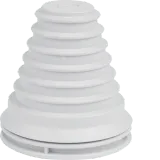
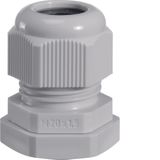





If you’ve ever installed or maintained an electrical enclosure, you know that cable entry is never just a hole in metal. It’s about sealing, strain relief, and keeping the inside as clean as the day it was assembled. Hager cable inlet and gland systems are built exactly for that — consistent sealing, simple mounting, and protection that holds up for years of service.
Why Hager Cable Entry Design Matters
From experience, most failures in switchboards and control boxes don’t start with electronics — they start where the cable enters. A cracked gland, loose nut, or bad seal lets in dust and moisture, and within months, terminals corrode. That’s why Hager pays attention to small details like the torque rating of the gland body and the material blend of the seal. Most plastic models are made of PA6, self-extinguishing, UV-resistant, rated up to 100 °C, and tested for over 500 N pull-out force on M25 threads.
Metal versions go further — brass-nickel plated bodies, temperature range from –40 °C to +130 °C, IP66 or higher. These are used in outdoor pump stations, façades, or exposed automation cabinets. In practice, a correctly tightened M32 gland can withstand short-term water jets and mechanical vibration without losing seal integrity.
Choosing the Right Hager Gland or Entry Plate
The logic is simple: pick by thread size (M20 – M63), cable diameter range, and IP rating.
- Small control cables (6–12 mm) — M20 glands.
- Power or multi-core cables (12–28 mm) — M25 – M40.
- Thick feeder or HVAC cables (28–42 mm) — M50 – M63.
Every Hager plate or gland is marked with this range to avoid guesswork during installation.
When working in production, you’ll notice that pre-cut entry plates save hours — up to 30 % faster installation compared to manual drilling. Multi-entry plates with elastic membranes let you pass up to 10 cables through one sealed unit. For builders standardizing on Hager Vector or Vega enclosures, the plate dimensions align exactly with the cabinet knock-outs.
Sealing and Protection Performance
Most of the Hager inlet systems reach IP65–IP66, meaning full dust protection and resistance to low-pressure water jets. Indoor panels can use IP54 — still safe for dust and humidity but easier to install. Each gland includes strain-relief ribs to prevent bending at the cable exit, which increases lifespan under constant load.
For reference, a standard M25 gland withstands about 5 bar pressure in leak tests and 10 kgf tensile load on cable retention. That’s enough for most motor control, pump automation, and HVAC wiring applications.
Buying Logic for Procurement Teams
When you buy in bulk, three parameters save money: standardization, stock rotation, and interchangeability. Hager maintains identical thread geometry and sealing materials across the whole series. That means your installers use the same torque, same wrench size, same locknut for M20 or M25 — no need to mix accessories.
For warehouse planning: average gland weights range from 25 g (M20) to 120 g (M63). A 100-unit box occupies about 0.02 m³, easy to stack. Packaging includes barcode and batch for traceability. Keeping M20, M25, and M32 as standard stock usually covers over 80 % of commercial installations.
Practical Notes from the Field
In practice, installers prefer plastic glands for indoor control panels — lighter, cheaper, and quicker to mount. Metal types are reserved for compressors, outdoor gates, and rooftops where UV and vibration are serious factors. Replacing cheap no-name glands with Hager’s certified ones often cuts maintenance calls by half over a five-year cycle.
Another small but important feature — sealing washers come pre-fitted. It reduces assembly time and prevents one of the most common mistakes: forgetting the washer under the nut.
Bank of Lamps — European Wholesale Supply
Bank of Lamps distributes Hager cable inlet and gland systems directly from its central warehouse in Latvia. We support bulk and project-based orders with flexible quantities and stable stock. Our logistics network covers the UK, Germany, the Netherlands, the Baltics, France, Spain, and Belgium, supplying verified Hager products with professional handling and export documentation for every shipment.